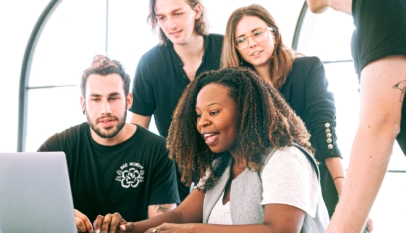Spaghetti diagrams help visualize the flow of materials, people, and information through a process. They allow organizations to identify areas of inefficiency and waste and make targeted improvements to optimize operations. This post explores the steps in creating a spaghetti diagram and best practices for analyzing and improving process flow. By implementing these strategies, organizations can achieve greater efficiency, reduce costs, and improve quality.
Introduction
In today’s highly competitive business environment, it is more important than ever for organizations to optimize their processes and improve efficiency. Spaghetti diagrams are a simple yet powerful tool for achieving these goals. By visualizing the flow of materials, people, and information through a process, organizations can identify areas of waste and inefficiency and make targeted improvements. This post will explore the steps involved in creating a spaghetti diagram and discuss best practices for using this tool to optimize processes.
Creating a Spaghetti Diagram
The first step in creating a spaghetti diagram is to select a process to analyze. It could be anything from a manufacturing process to a service process. Next, you will need to gather data on the flow of materials, people, and information throughout the process. This can be done using methods like observation, interviews, or process mapping. Once you have collected your data, you can create the spaghetti diagram. It involves drawing a map of the process and overlaying lines to represent the flow of materials, people, and information. The result is a visual representation of the process flow that allows you to identify areas of inefficiency and waste.
Analyzing the Spaghetti Diagram
Once you have created your spaghetti diagram, the next step is to analyze it. It involves looking for areas of waste, such as unnecessary movement, waiting, or overproduction. You can also use the diagram to identify bottlenecks or areas where work is piling up. By analyzing the chart, you can identify areas where improvements can be made.
Improving Process Flow
The final step in the spaghetti diagram process is to make targeted improvements to optimize process flow. It can involve a variety of strategies, such as reducing unnecessary movement, consolidating workstations, or improving communication. Measuring these improvements’ impact is vital to ensure they are effective. Also, this can be done using cycle time, lead time, or throughput metrics.
Conclusion
Spaghetti diagrams are a powerful tool for visualizing the flow of materials, people, and information through a process. By creating a visual representation of the process flow, organizations can identify areas of inefficiency and waste and make targeted improvements to optimize processes. By implementing the strategies outlined in this article, organizations can achieve greater efficiency, reduce costs, and improve quality. As a result, they will be better positioned to compete in today’s fast-paced business environment.


















